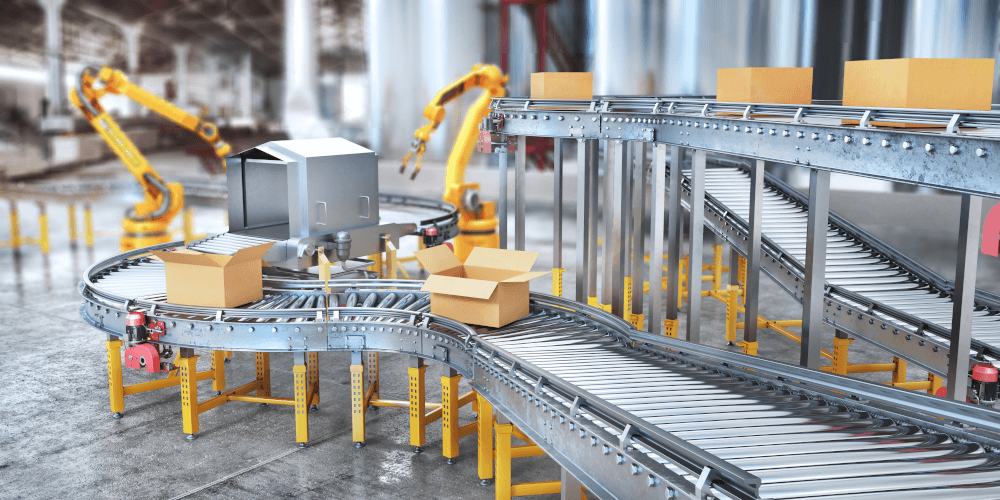Material Handling Automation Solutions
Material Handling Automation Solutions: Reshaping the Supply Chain Landscape
In the present era, businesses are driven by two definitive traits: fast and competitive. Through heightened efficiency and productivity, businesses strive to outcompete their industry peers. As a result, thematic areas of continual improvements are being invaded, one of which is material handling. Material handling refers to the movement, storage, and control of materials. Material movement could occur in the manufacturing, distribution, or logistics processes. Whereas the advancements in automation technology reshape material handling, there are unique solutions that aim to streamline the sector, enabling organizations to optimize service delivery. The essay explores material handling automation by covering its explanation and types of solutions available.
Understanding Material Handling Automation
Material handling automation is the use of automation systems and technologies in human tasks automation sectors. Common systems and solutions utilized in delivering material handling automation include robotics, conveyor systems, automated guided vehicles (AGVs), and warehouse management systems (WMS) . Businesses benefit from material handling automation due to efficiency, accuracy, and scalability while reducing labor costs and errors.
Types of Material Handling Automation Solutions
1. Robotics
Robotics are instrumental in material handling automation, particularly in picking, packing, palletizing, and sorting. Robotics incorporates sensors and advanced vision systems to enable robots in navigating challenging environments and handling products with specific precision and sensitivity. Collaborative robots (cobots) , which work with employees, are increasingly becoming popular in various factories for advanced and flexible assembly.
2. Conveyor Systems
The conveyor system is elemental in seamless material movement within a facility or warehouse. The systems include belt conveyors, roller conveyors, and overhead conveyor systems. Businesses deploy such systems based on their throughput requirement and available working space. Proper installation outcome ensures less material handling and substantial efficiency in production and distribution processes.
3. Automated Guided Vehicles (AGVs)
AGVs are self-navigating vehicles equipped with navigation systems and sensors that allow them to transport items and products within a facility without human assistance. They operate on predefined paths and can steer clear of objects in their path while adjusting their pace and trajectory as needed. AGVs are commonly employed in factories, distribution centers and warehouses to automate and boost the efficiency of material movements, restocking and picking, and thus reduce cycle times.
4. Warehouse Management Systems (WMS)
Warehouse management systems (WMS) is a program or suite of programmes used to manage the day-to-day operations of a storage system. Such programs let the user control inventory, pick and fill orders, and coordinate distribution operations. They might offer all or just some of these features by integrating with or accessed through an enterprise resource planning system. WMS systems frequently interact with automation technologies such as bar code readers and radio-frequency identification labels and equipment to maximize the speed of order fulfillment and the accuracy of stored and transported commodities.
Benefits of Material Handling Automation Solutions
1. Increased Efficiency
Material handling automation solutions boost efficiency by eliminating manual labour, reducing errors and optimizing overall flow. Automation of repetitive chores may lead to quicker throughput, shorter cycle times, and more rapid order completion, all of which benefit consumer need and competition.
2. Cost Reduction
Businesses save more money with automation for labour and inventory. Businesses can save money with automation on labor expenses related to moving and storing goods, and on overhead costs associated with warehousing and transport. Businesses can cut expenses and increase revenues by optimizing resource usage and minimizing human effort and workload with automation.
3. Enhanced Safety
Automation enhances workplace safety by reducing the risk of accidents and injuries associated with manual material handling tasks. By delegating hazardous or physically demanding tasks to automated systems, businesses can create safer working environments for their employees and minimize the likelihood of workplace incidents.
4. Scalability and Flexibility
Material handling automation solutions are highly scalable and flexible, easily adjusted to meet shifting business requirements and market conditions. Regardless of whether the business is growing intensively, experiencing seasonal fluctuations or changing the product mix, automation technologies can be scaled up or down to accommodate changing needs, ensuring optimal performance and resource utilization.
Conclusion
In conclusion, material handling automation solutions are transforming the way businesses operate their supply chains, enabling unprecedented levels of efficiency, accuracy, and scalability. By leveraging robotics, conveyor systems, AGVs, and WMS, businesses can enhance their operations, improve efficiency, and save costs. In light of further advancement of automation solutions, it is imperative for businesses to adopt these technologies in order to maintain their position in the dynamic market environment. Material handling automation is more than a trend; it has become a necessity for businesses seeking success in the increasingly competitive and tight market conditions. By investing in automation solutions, firms can guarantee their sustainable performance, improve their competitive edge, and drive growth and innovation.
-
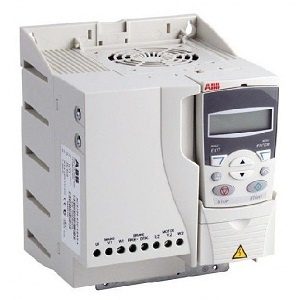
AC Drives (17919)
-
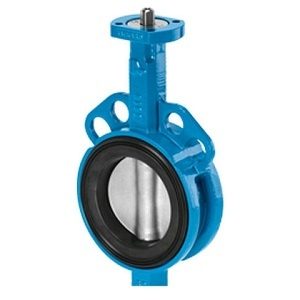
Butterfly Valve (236)
-
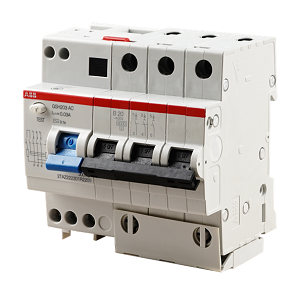
Circuit Breaker (2226)
-
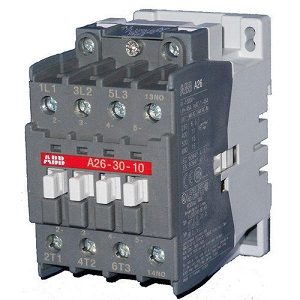
Contactor (567)
-
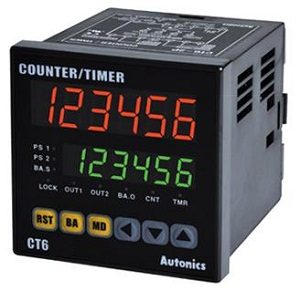
Counter (78)
-
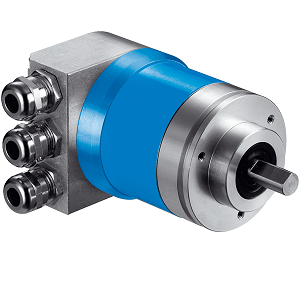
Encoder (117)
-
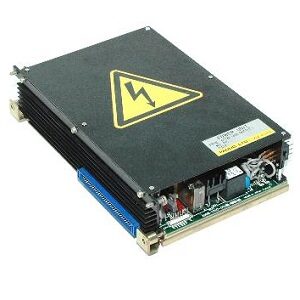
Fanuc Main Board (1376)
-
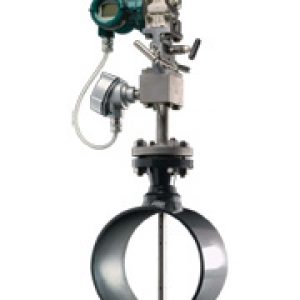
Flow Transmitter ( Flow meter) (36)
-
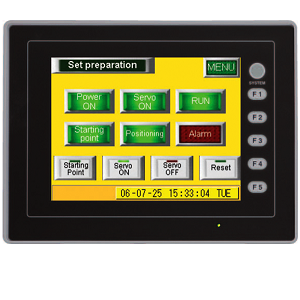
HMI/Touch Screen (582)
-
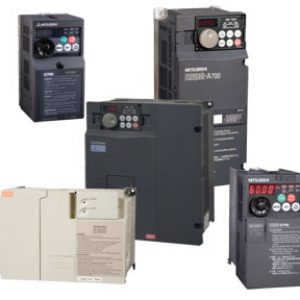
Inverter (941)
-
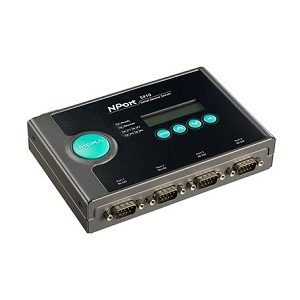
Network/Signal (4)
-
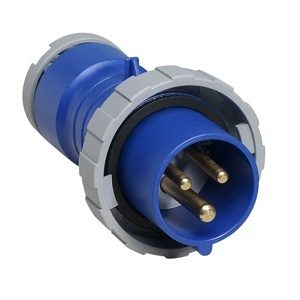
Others (4683)
-
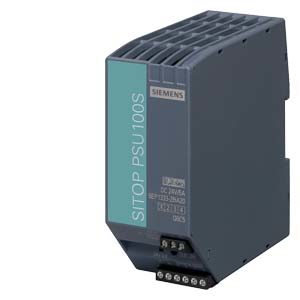
Power Supply (218)
-
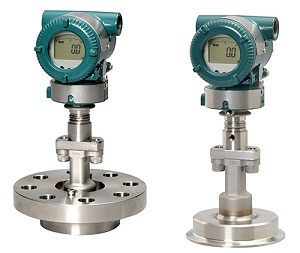
Pressure Transmitter (61)
-

Programmable Logic Controller (PLC) (6283)
-
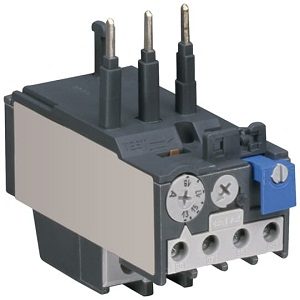
Relay (927)
-

Sensor (2159)
-
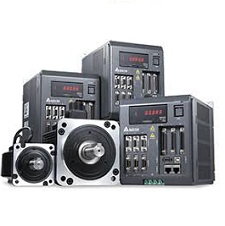
Servo Motors & Motor Drives (4347)
-
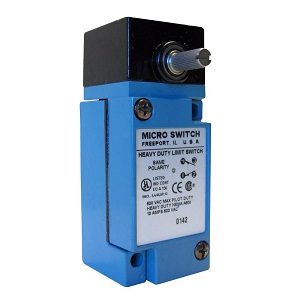
Switch (899)
-
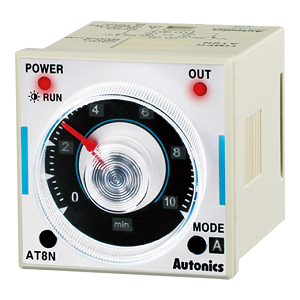
Timer (93)
-
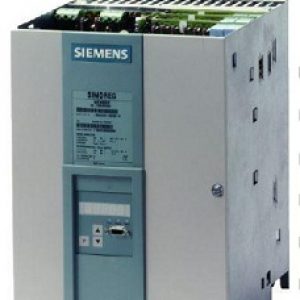
Uncategorized (1152)
-
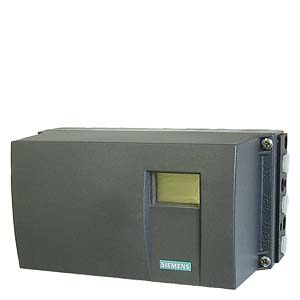
Valve controller & manifolds (15)
-

Variable Frequency Drives (VFD) (258)
-

Yokogawa Remote Indicators (16)
- Post published:March 30, 2024
- Post category:Information

